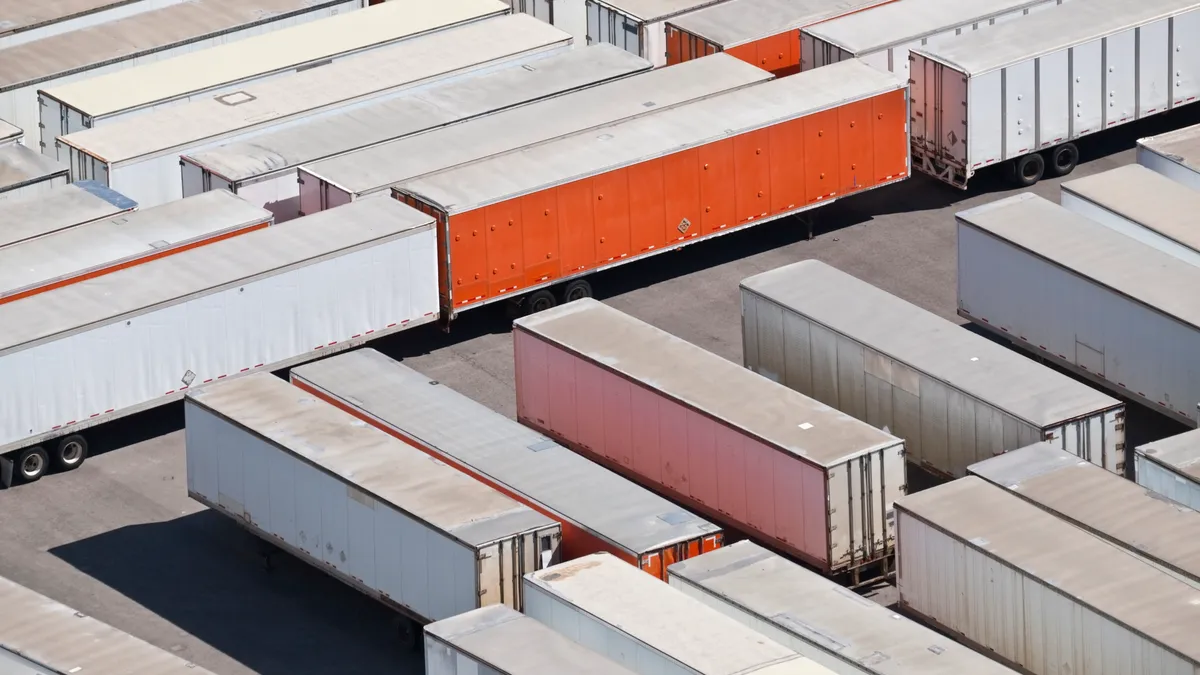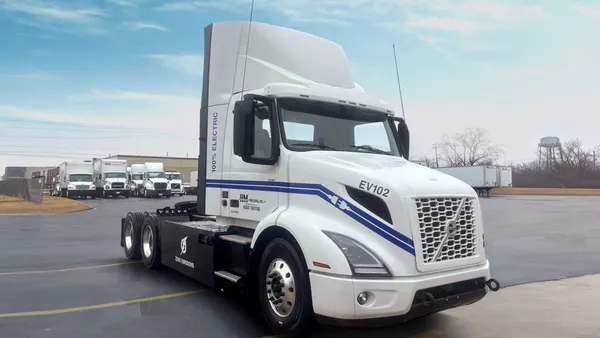From ongoing chip shortages to higher steel and freight costs, and everything in between, parts and equipment are difficult to come by.
Considering the various headwinds, what is the status of the equipment cycle?
It's elongated, said Scott Youngs, transportation leader at Insight Sourcing Group.
"Fleets who might normally trade in their units aren't. When used equipment does go on the market, fleets are paying ridiculous prices," he said.
Mario Harik, XPO Logistics CIO and acting president for LTL, said equipment cycles vary from fleet to fleet. But they have one thing in common: "Carriers are all feeling the equipment shortage."
FTR Vice President of Commercial Vehicles Don Ake said, "there is no equipment cycle."
Whatever the description, the industry's reality is that the equipment cycle is acutely abnormal. For big fleets, this means fewer opportunities to buy new, as they are accustomed to doing. For smaller fleets, there are fewer high-quality used trucks coming on the market.
"Delayed order fulfillment has them rethinking their labor and equipment expense strategies as they struggle to provide more capacity to a hot rate environment spurred by the pandemic," said Youngs.
Paying the price
With the lack of available equipment across the board, fleets are facing the dilemma of how to keep aging trucks on the road safely and efficiently.
"In some cases, they are taking parts from older units they need to retire and placing them in another truck," said Ake. "It's about maximizing the time they can keep trucks on the road."
This comes at a cost, said Youngs. Maintenance is generally more expensive for older vehicles than younger ones.
"With our current inflationary times, the costs for these parts and services are also increasing at a dramatic rate and something carriers will need to track closely," he said.
A hidden cost can be lost business.
"Client service attainment can be impacted if older equipment begins to break down more frequently," said Youngs. "This can hurt the client relationships as pick-up and delivery service averages decline."
Also necessary to calculate these costs is fuel. As older units might not feature fuel saving technologies that allow for higher miles per gallon averages, margins can begin to erode, said Youngs.
"When used equipment does go on the market, fleets are paying ridiculous prices."

Scott Youngs
Transportation Leader at Insight Sourcing Group
There's a trickle-down effect to the elongated equipment cycle, too, he added. One is a fleet's ability to attract new recruits, already an issue when there's a driver shortage of 80,000.
"New equipment is an attractive benefit for recruiting much-needed driver labor," he said. "Drivers will certainly consider the company fleet availability when deciding where they would like to work. This means carriers will need to keep equipment clean and running in top condition to allow for limited interruptions to loaded miles."
In the past, fleets would work to increase their trailer count, or move trailers around to max out capacity, to deal with labor constraints. But now that there's a trailer shortage, "that's not an option," he said.
At XPO, creativity is helping to offset equipment struggles. It manufactures its own trailers in Searcy, Arkansas.
"We recently added a second production line there, and we expect to nearly double the trailers we make there in 2022 compared to last year," he said.
Hinging on supply chains
After two years of equipment shortages, do fleets have any reason for optimism in 2022 and into 2023?
Ake said that the FTR forecast assumes there will be some supply chain improvements in the second half of the year, hopefully coming from the supply of semiconductors.
"It all revolves around the supply chain," he added. "In the past, the industry has been able to improve supply chain flow, but this time around, it's so severe, that's not the case."
From Youngs' perspective, the coming year will continue to prove challenging.
"Carriers will continue to see order backlogs and delayed purchase commitments through the year for new units, and struggle with the rising repair and maintenance costs to keep older units on the road," he said.
Historically, the trucking industry has always been resourceful in tough times, and Ake said that it continues to do the best it can to cope with equipment shortages.
"It's not for lack of effort," he said. "It's just much tougher this time."












